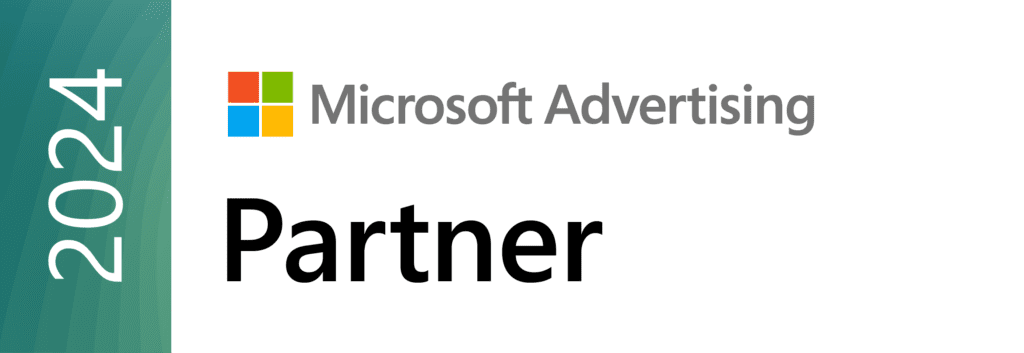With free shipping so widespread on e-commerce platforms today, it seems like your only option to keeping up with the competition is by jumping on the bandwagon yourself. However, free shipping comes with its own perils. What if the surge in sales doesn’t reach the heights expected? What if the costs incurred in covering delivery yourself isn’t outweighed by your increase in sales? What if you’re actually losing money through one of your own promotions?
If you’re looking for ways to balance the scales, try a minimum order threshold. By demanding that customers spend a minimum value before they become eligible for free shipping, you can hedge your bets somewhat and reduce the chance that you’ll lose money in the long run. However, that’s not to say that minimum orders are a panacea for all business models.
Here’s an overview of the main advantages of disadvantages of minimum spend incentives which should provide you with a better insight into whether or not the promotion is right for your business.
PROS
Reduced risk of profit margin loss – By analysing your customer’s average spend and the average delivery cost and adjusting your minimum order threshold accordingly, you can all but remove the possibility that the promotion will work negatively.
Increased conversion rates – For many shoppers, the mere word ‘free’ is a red rag to a bull. By displaying the offer loudly and proudly on your website, your social media outlets and all of your marketing materials, you can open yourself up to a whole new market.
Increased average spends – By choosing a minimum spend threshold that is slightly above the mean amount spent by customers, you will effectively raise this average in one fell swoop. Of course, not everyone is going to add to their shopping cart just to qualify for your free delivery deal – but a significant proportion will.
USP – If your competitors aren’t offering a free delivery promotion, implementing your own can propel you ahead of the game and attract a bigger slice of the pie. Once word of your offer gets around, it can also help you in keeping that nice big slice.
CONS
More expensive operating costs – Obviously, covering the costs of handling and shipping – even on orders over a certain amount – will raise your overheads. This means you’ll need to recoup that money somewhere else, either through an increase in conversion rates (most likely) or through inflated prices (least attractive).
Fewer smaller purchases – If you only offer free delivery on orders above a certain amount, you are in danger of splitting the crowd. There will certainly be shoppers who will invest a little more to get the freebie, but there will also be those only interested in buying a single item which doesn’t qualify. The minimum order threshold only draws attention to the fact that for these consumers, delivery is not free.
Only attracts price-driven customers – Ideally, you want all of your buyers to be repeat customers who will remain loyal to your brand. If you incentivise a higher outlay to achieve free shipping, you’re appealing to those with an eye for a bargain – who aren’t likely to stick with you if a better offer comes along.
Incredibly difficult to undo – If a doomsday scenario occurs whereby you find you are actually losing money through the promotion (even with a minimum order threshold), you’ll find it very hard to reverse. Once an offer appears on your site, customers will expect it to be there indefinitely; taking it away can destroy the online integrity of your brand.
Weighing up the evidence
While there are undeniable risks involved in implementing a minimum spend policy on free delivery promotions, its benefits outweigh its drawbacks for most businesses. Having said that, it’s not a one-size-fits-all deal and for certain companies, it might not make prudent sense.
Are you still unsure about whether minimum order values are a good fit for you? Whether you’re assessing how beneficial the promotion could be to your business or need help making the necessary changes to your e-commerce store, look no further than the e-commerce experts at Fluid Digital.





